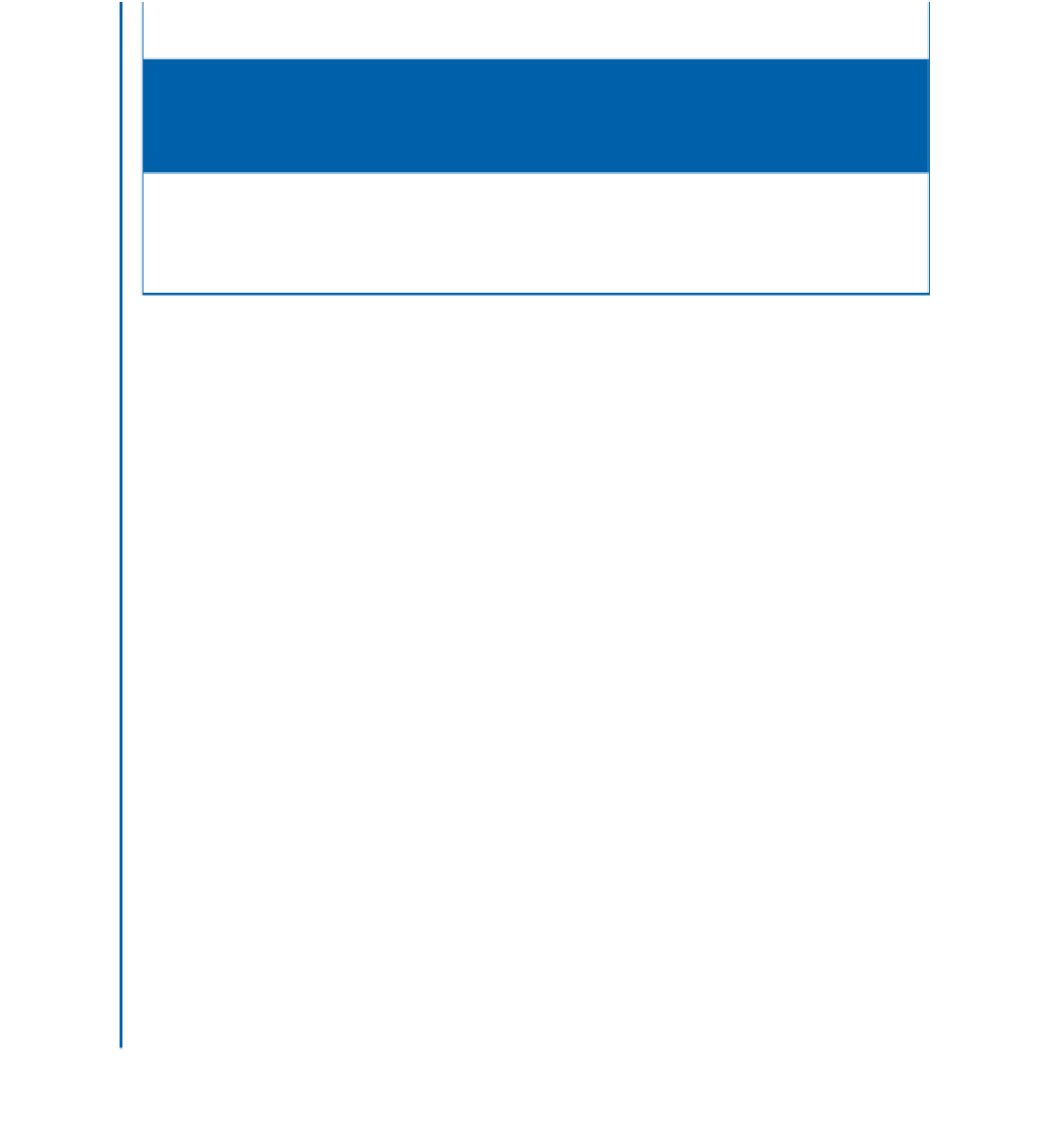Information Technology Reference
In-Depth Information
TABLE 4.6:
Rules for Switching to Low-power Modes. Adapted from [
19
].
Trigger
Threshold Values
Enable Condition 4-issue
(
I
IPC
<
3
.
0) AND (FP
IPC
<
1
.
4) with hysteresis
of two windows
Disable Condition 4-issue
(
I
IPC
>
3
.
2) OR (FP
IPC
>
1
.
6)
Enable Condition 6-issue
(
I
IPC
<
4
.
5) AND (FP
IPC
<
1
.
4)
Disable Condition 6-issue
(
I
IPC
>
5) OR (FP
IPC
>
1
.
6)
integer and floating IPC) to a set of empirically derived thresholds. There is also hysteresis
for the decision to go to the lowest power mode (the 4-issue mode) requiring the enabling
conditions to hold for two consecutive sampling windows. The actual rules used are listed
in Table 4.6, where I
IPC
and FP
IPC
are the issue IPC for the integer and the floating point
instructions, respectively.
These rules for adjusting the width of the machine result in minimal performance loss (on
the order of 1-2%) for both single applications and multiprogramming workloads while realizing
at times satisfactory per-component power savings (on the order of 10-15%). However, in the
big picture, the power savings for the whole processor are not as dramatic. Bahar and Manne
point out that a single technique alone cannot solve the power consumption problem. Rather,
by taking a holistic approach and applying many techniques in concert, power consumption
can be brought down significantly.
4.8 IDLE-CAPACITY SWITCHING ACTIVITY: CACHES
Similarly to instruction queues, caches can also be
sized
to save power. Although it is always
better to have more cache, in many cases using much less can save considerable power while
giving up very little in performance.
Considerable work is devoted to the general problem of reducing dynamic power in
caches. Here, we are only concerned with techniques that
resize
the cache to fit program needs.
Techniques that optimize cache access but do not really change the amount of cache available
to the programs are discussed extensively in Section 4.9. We concentrate on four proposals
that have inspired further work: a cache resizing proposal that trades memory between two
cache levels [
7
,
21
], the
selective cache ways
proposal [
8
] which resizes a cache by changing
its associativity, the
accounting cache
proposal [
68
] which is a combination of the two previous
proposals, and finally a CAM-tag cache resizing technique [
244
]. Table 4.7 summarizes the





Search WWH ::

Custom Search